The Swiss country is loaded with delicious recipes that have us drooling just at the sight of them. They go way back when it comes down to a refined cuisine with plenty of colors.
10 Traditional Swiss Foods
Where do we start first? Switzerland has 26 cantons, so it’s no surprise that you will find so many choices in traditional Swiss food. However, let’s check 10 out of the most famous ones among them.
1. Fondue
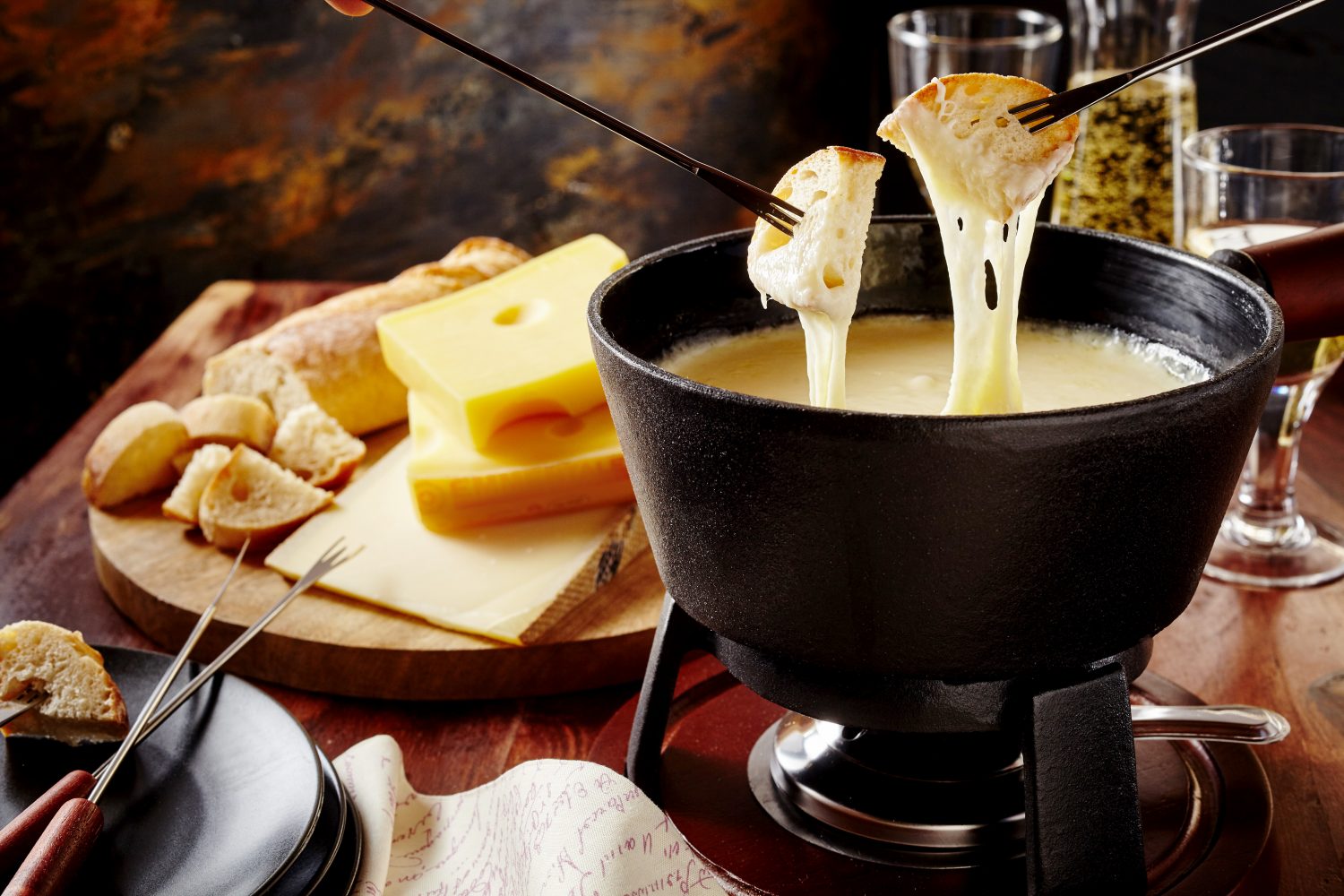
Surely, the most epic cheese there is. That’s why it makes our top choice of traditional Swiss food you need to try. Fondue is a Swiss melted cheese dish served in a communal pot over a portable stove heated with a candle or spirit lamp and eaten by dipping bread into the cheese using long-stemmed forks.
The easiest recipe for Swiss fondue is mixing wine, garlic, and lemon juice in a ceramic pot over medium-low heat, or you can even use a heavy saucepan instead. Then, you add the cheese to the simmering liquid a little at a time, stirring well between each addition to ensure a smooth fondue. Sounds delicious even when explained, right? Imagine tasting it.
2. Tarts and Quiches
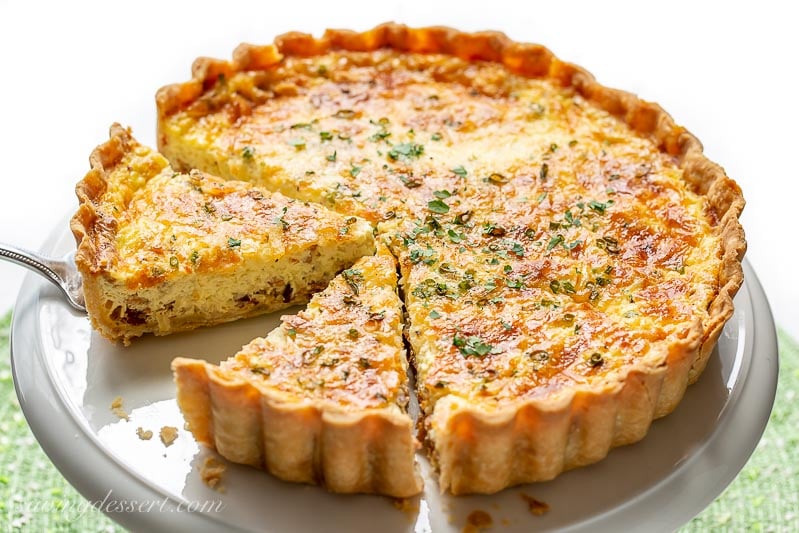
The quiche and Swiss cheese tarts are only superficially related. Both have pastry, cheese, and custard; however, the quiche is really about the custard, whereas the Swiss tart is more about cheese. Swiss cheese tarts come in all sizes, yet the small ones are more petite and even eye-pleasing. You can pick a little one up and eat it picnic-style. Little cheese tarts look so cheerful and tasty on small, pretty plates. The quiches can also be loaded with fish, meat, or vegetables, whereas tarts can be topped with different flavors from onion to sweet apple. These dishes are typical for anniversaries and birthdays.
3. Landjager

All those mountains and trails to hike in Switzerland, one has to have some snacks on the way up, right? This is exactly where the semi-dried sausage (Landjäger) comes in. This traditional Swiss snack is prepared with a combination of pork, beef, lard, red wine, sugar, and selected spices. The name landjäger means land hunters, referring to the fact that these sausages are especially convenient and popular among backpackers and hunters who carry them while traveling.
4. Älplermagronen (Alpine Macaroni)
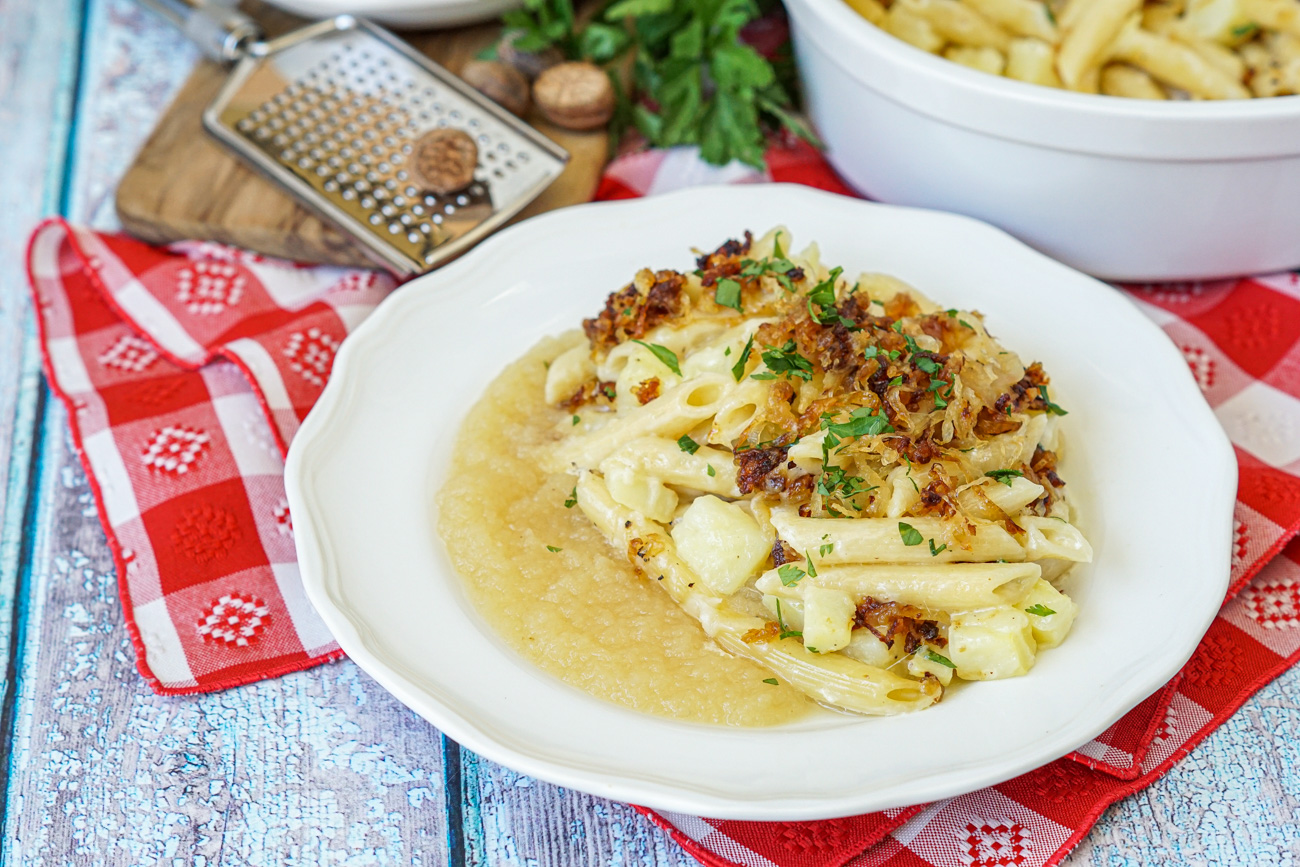
The Älplermagronen or as it is translated ‘the Alpine macaroni’ is a rustic Swiss dish. It is called this way because the ingredients used to make the dish were used to feed herdsmen who were keeping an eye on their cows grazing on the Alp’s pastures. Ever since then, in the 1930ies, this dish is one of the tastiest Switzerland traditional food options. The key ingredients used include macaroni pasta, cheese, onions, and potatoes, although there are numerous variations of this Swiss classic.
5. Raclette
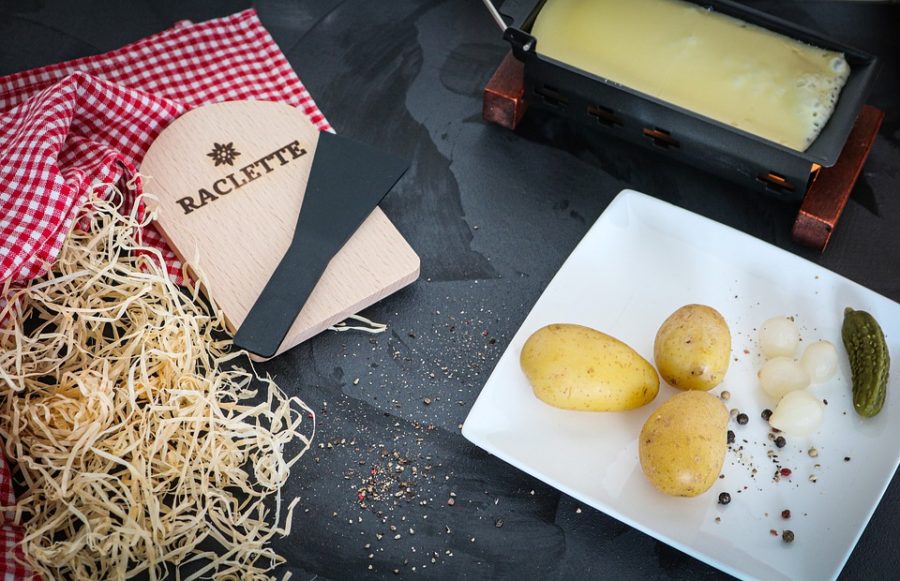
Behold, cheese lovers. Another jaw-dropping cheesy dish of Switzerland. Raclette is a semi-hard cheese made from Alpine cow milk. Historically, it has been the main food of peasants who lived in the regions of Valais. An entire wheel of cheese would be held up in front of a fire, and as the cheese melted, it was scraped off onto a plate to be eaten. Thus, the name derives from the French word racler, meaning, to scrape. Nowadays, slices of raclette are melted and escorted with small potatoes cooked in their skin, onions, pickled gherkins, and vegetables. Raclette is often known as a Geneva traditional food choice.
6. Rosti
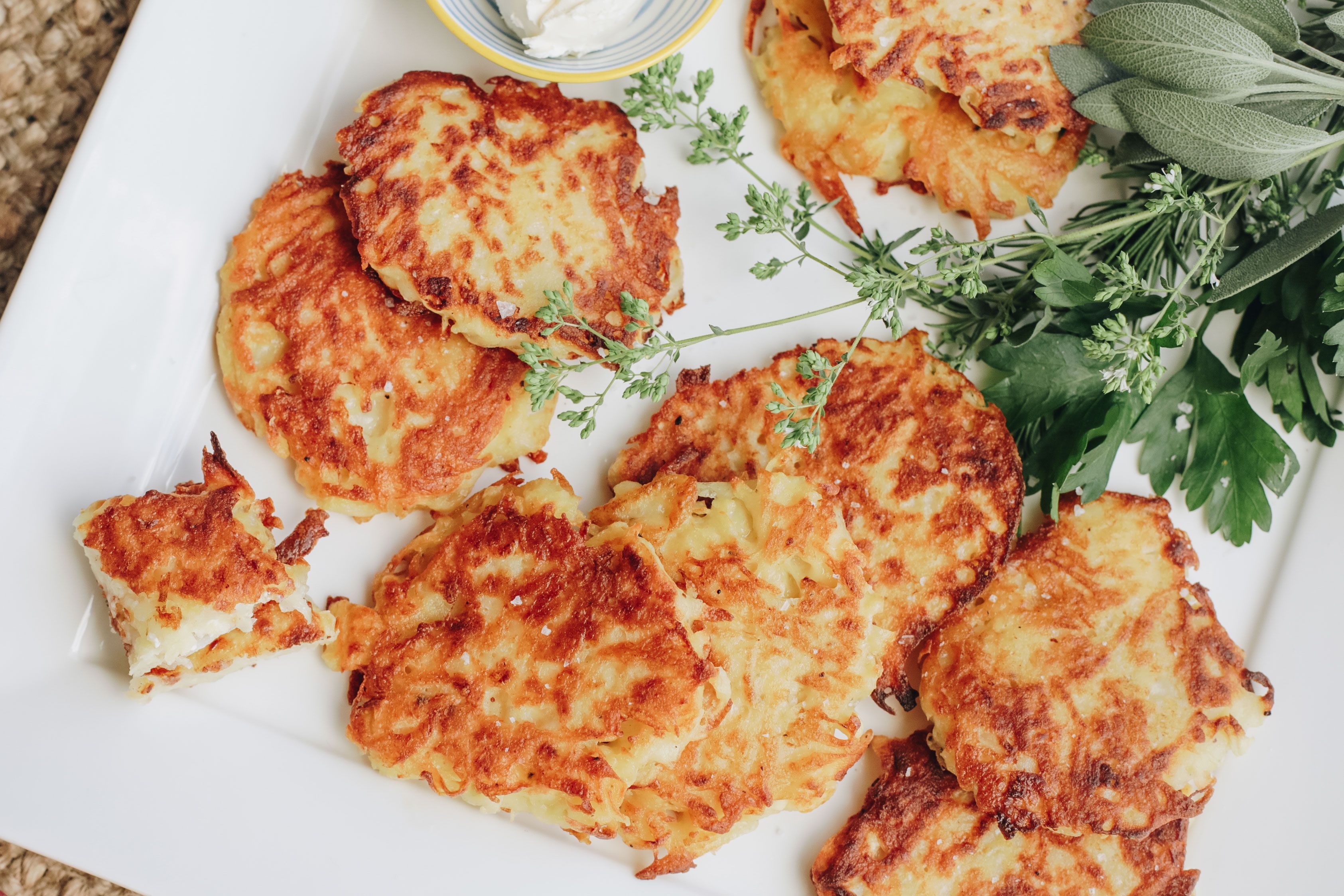
Locally known as rööschti, this Swiss dish consists mainly of potatoes but in the style of a fritter. Originally, it used to be a breakfast dish historically eaten by farmers in the canton of Bern. That’s why the name of it was initially röstis bernois. However, nowadays, it is eaten all over Switzerland. Rosti potatoes are legit known as the Swiss version of the classic potato pancake. The secret to the perfect rosti is cooking the first side covered with a lid or foil until crispy, then carefully turning and cooking the second side without the lid to golden perfection! At least that’s what people say in the Swiss country.
7. Saffron risotto
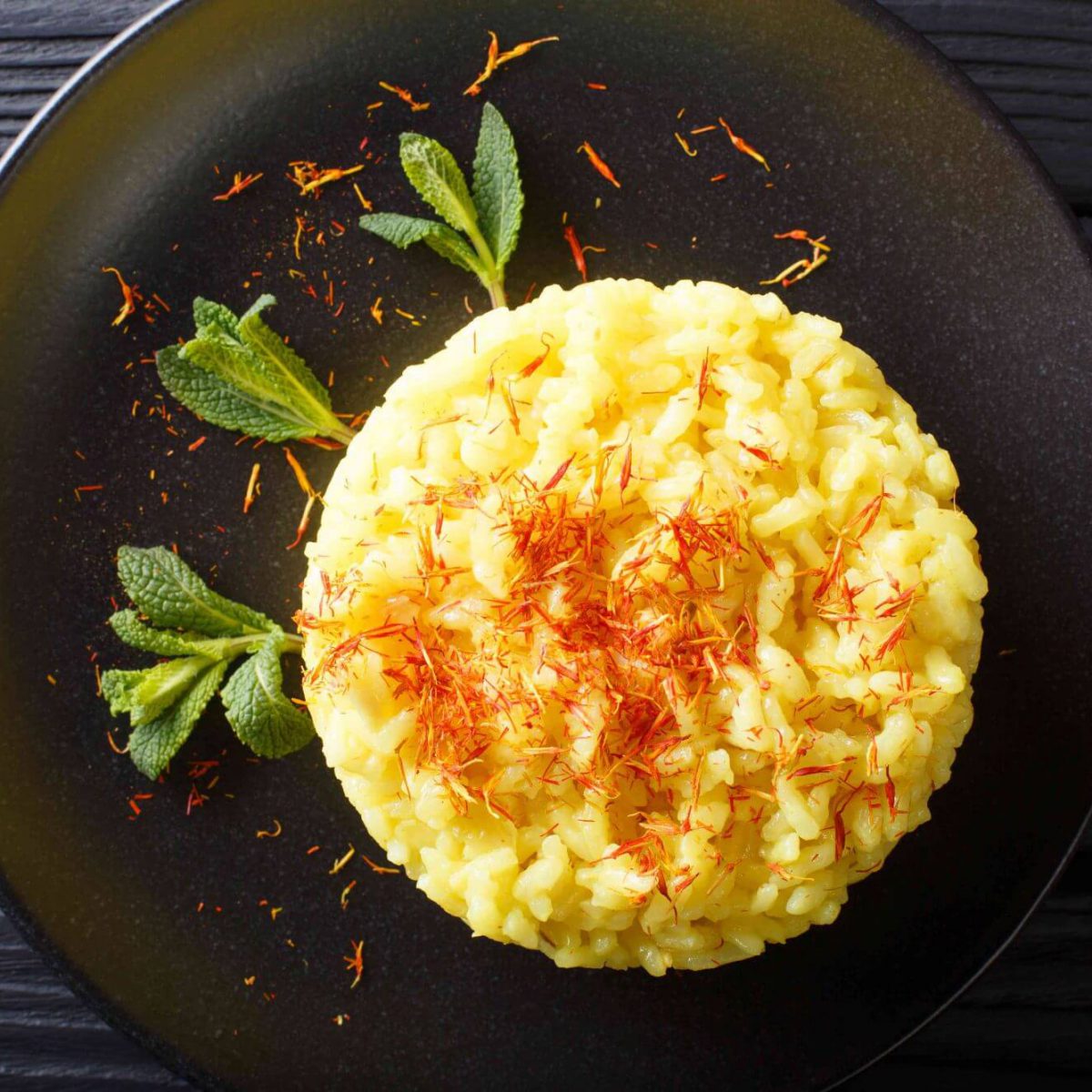
Did you know that the quality of the Swiss Saffron is among the best and most expensive in the world? The dark red saffron strands—the stigma of a variety of crocus—are hand-picked, and that’s why the saffron risotto is in such popular demand. The Swiss make good use of this unique ingredient that they cultivate in the canton of Valais.
The saffron risotto is mainly known as a traditional dish of Ticino and is usually served with a Luganighe sausage, a raw sausage made with pork, spices, and red wine. Or you can also cook it at the comfort of your home, adding any other ingredients to it upon your choice. We totally recommend onions!
8. Malakoff
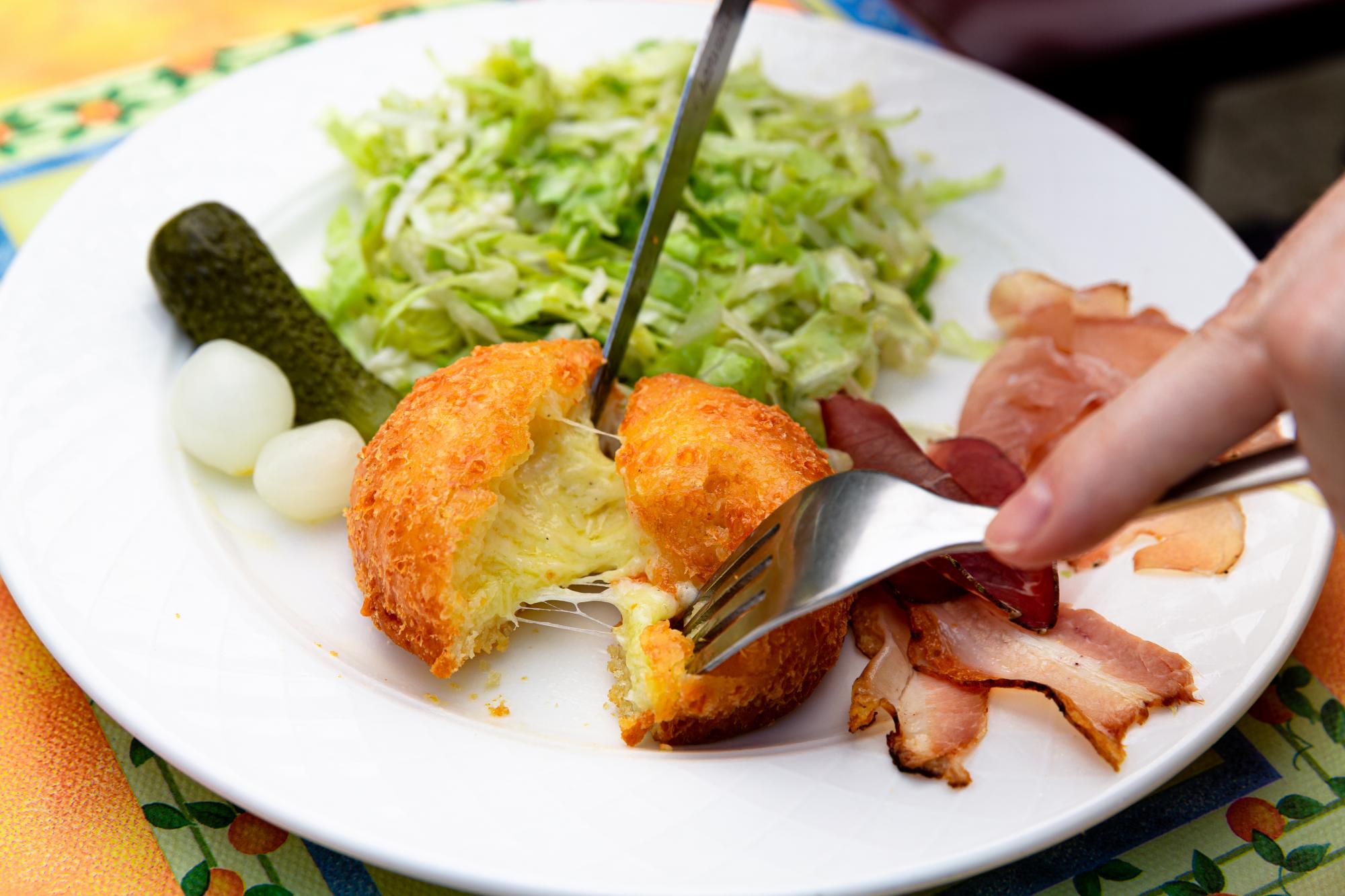
A Malakoff is a ball of fried cheese typically found in Western Switzerland, more specifically in the villages of Eysins, Begnins, Bursins, Luins, and Vinzel on the shores of Lake Geneva. The recipe was brought by the Swiss mercenaries who joined the Crimean War under the French-British forces fighting against Russia. This Swiss cheese bread was particularly named after the major battle of Malakoff that resulted in the fall of Sevastopol, thus ending the battle. The malakoff is typically served as a first course and enjoyed with served cornichons, pickled onions, and mustard. Surely, wine is its best companion!
9. Polenta (Cornmeal)
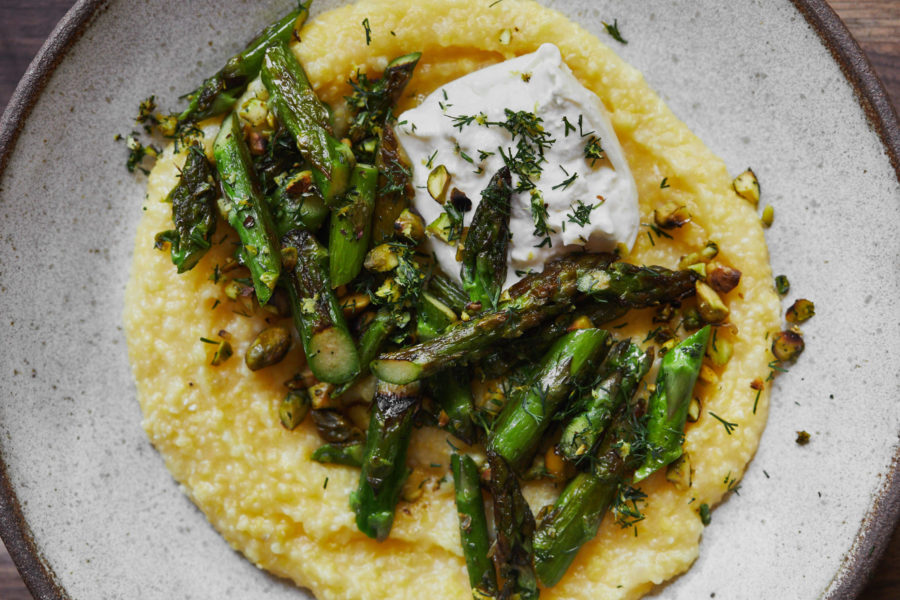
Polenta is a yellow cornmeal dish that is cooked over low heat until it becomes a delicious, homogenous mash. Along with chestnuts and risotto, this dish also belongs to the traditional peasant foods of Ticino. It can be eaten out of a bowl or spread on a wooden board, cooled, and cut with a piece of thin thread. You can serve it with butter, cheese, a stew, a sauce, or simply a splash of cold milk. Once considered food for the poor, but now polenta is basically an identifying dish of the traditional Swiss cuisine.
10. Zürcher Geschnetzeltes
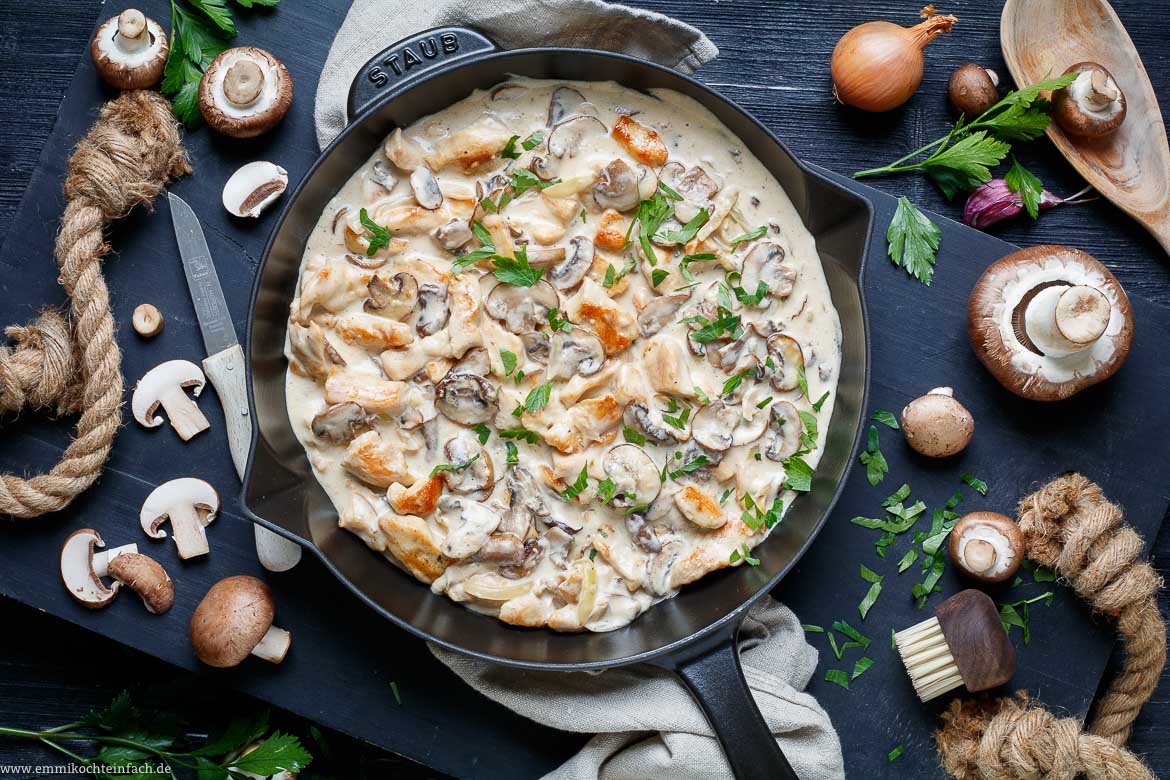
Zurich Ragout, or Zürcher Geschnetzeltes, is a stew recipe in a white sauce, made with mushrooms and white wine. It contains many of the typical Germanic flavorings, including parsley and lemon zest.
This traditional dish might look delicate, but it’s really easy to make, finding its way into your heart through your stomach. Veal loin is traditionally used, but pork loin may be substituted. It is usually served with Rösti (Swiss Hash Browns) and white Swiss wine (or try a Pinot Grigio or Grüner Veltliner). The first mention of Zürcher Geschnetzeltes is in a cookbook from 1947. That recipe describes the ingredients as sliced veal strips, white wine, cream, and demiglace. Some contemporary recipes may also call for mushrooms and sliced veal kidney.
The Swiss cuisine will certainly amaze you with its delicate servings and high-quality recipes. Don’t let this narrowed down list stop you from conducting some research and getting to know more about some of Switzerland’s most famous dishes. You can become your own chef, with the right ingredients. Yet, we recommend you go try these food choices personally, to get a taste of magic.




